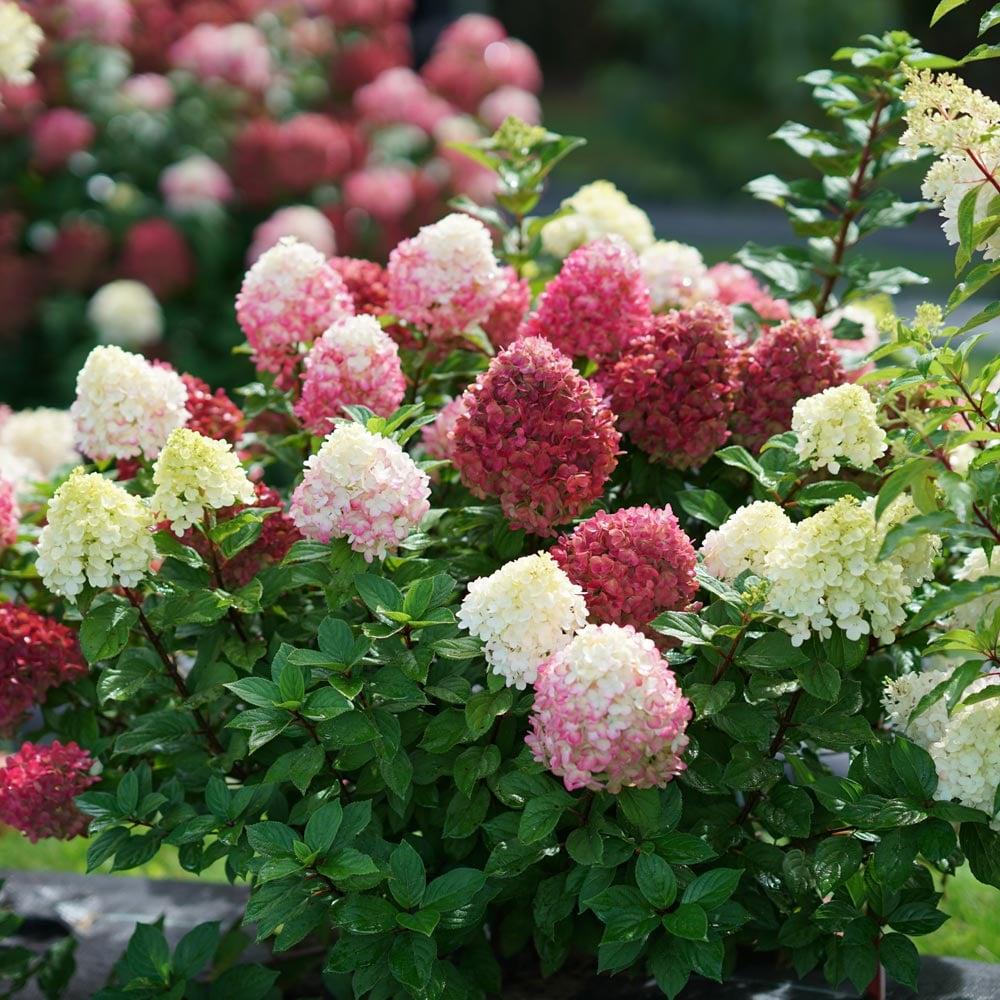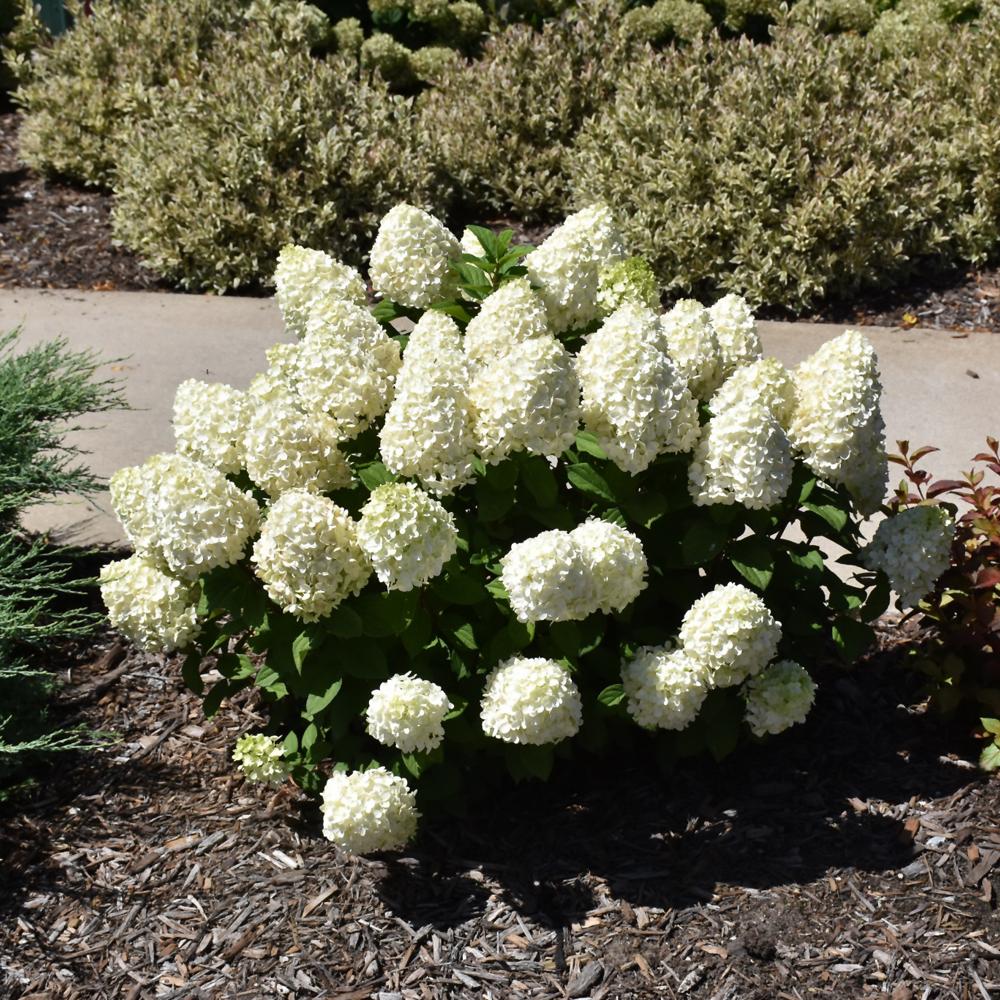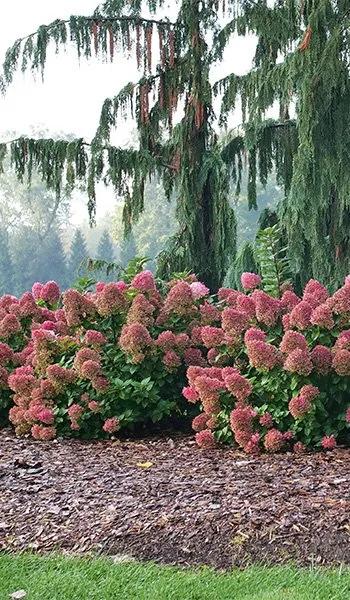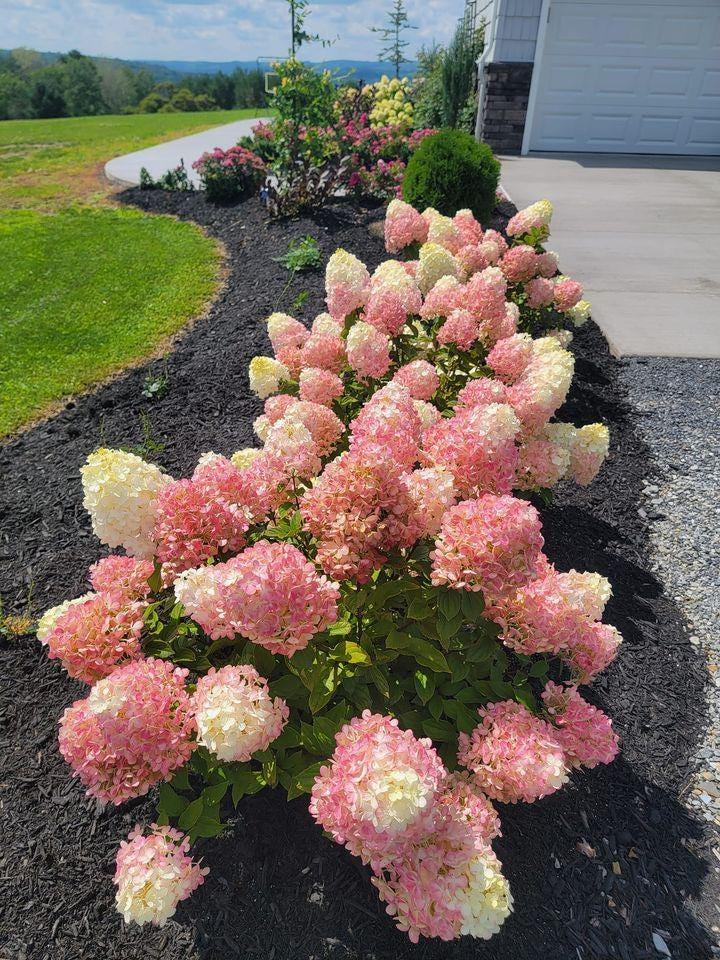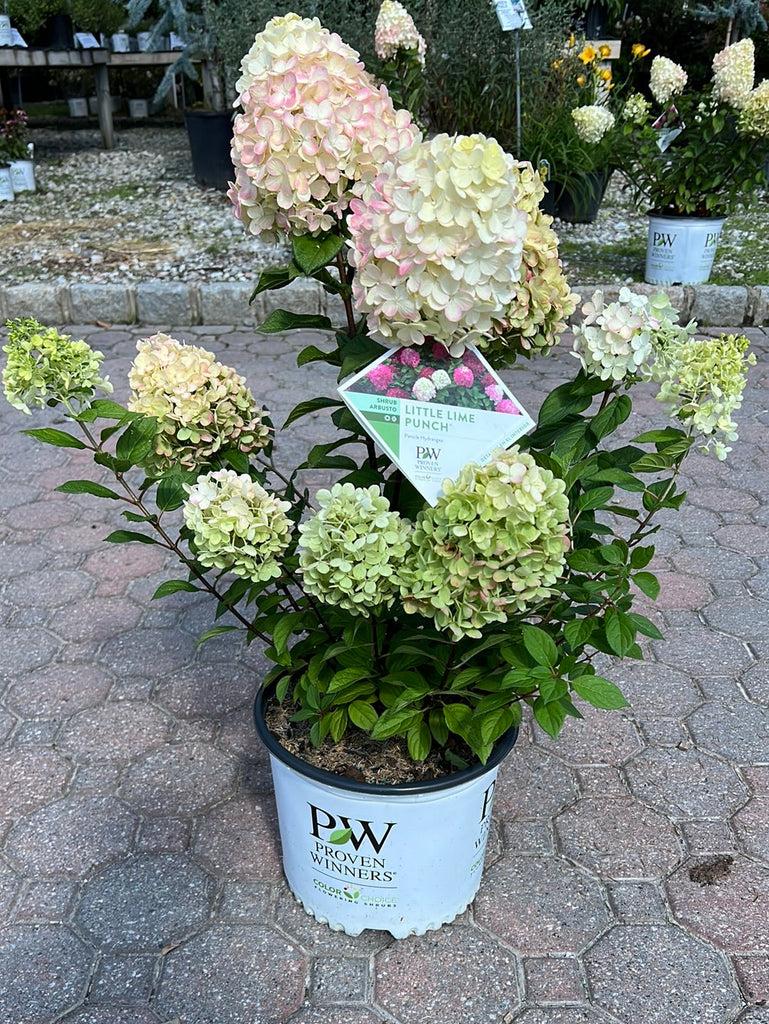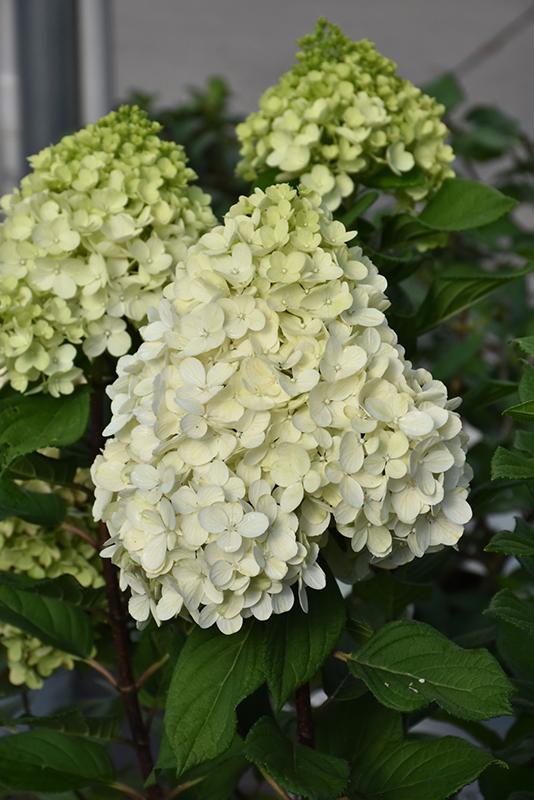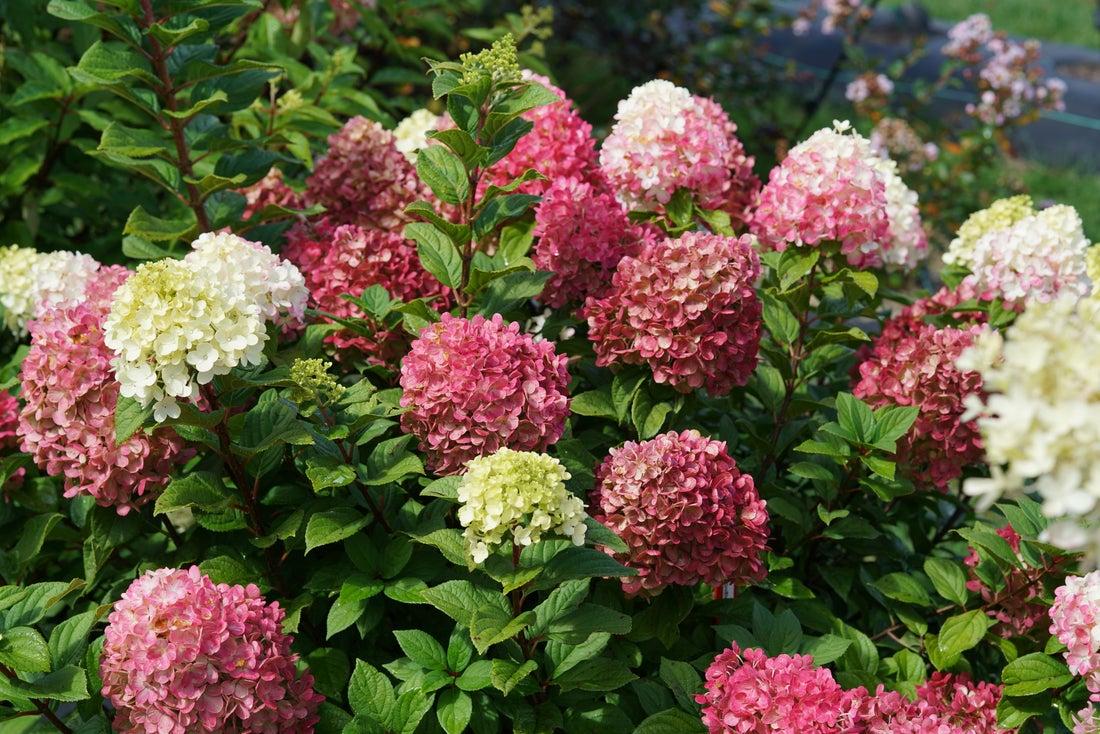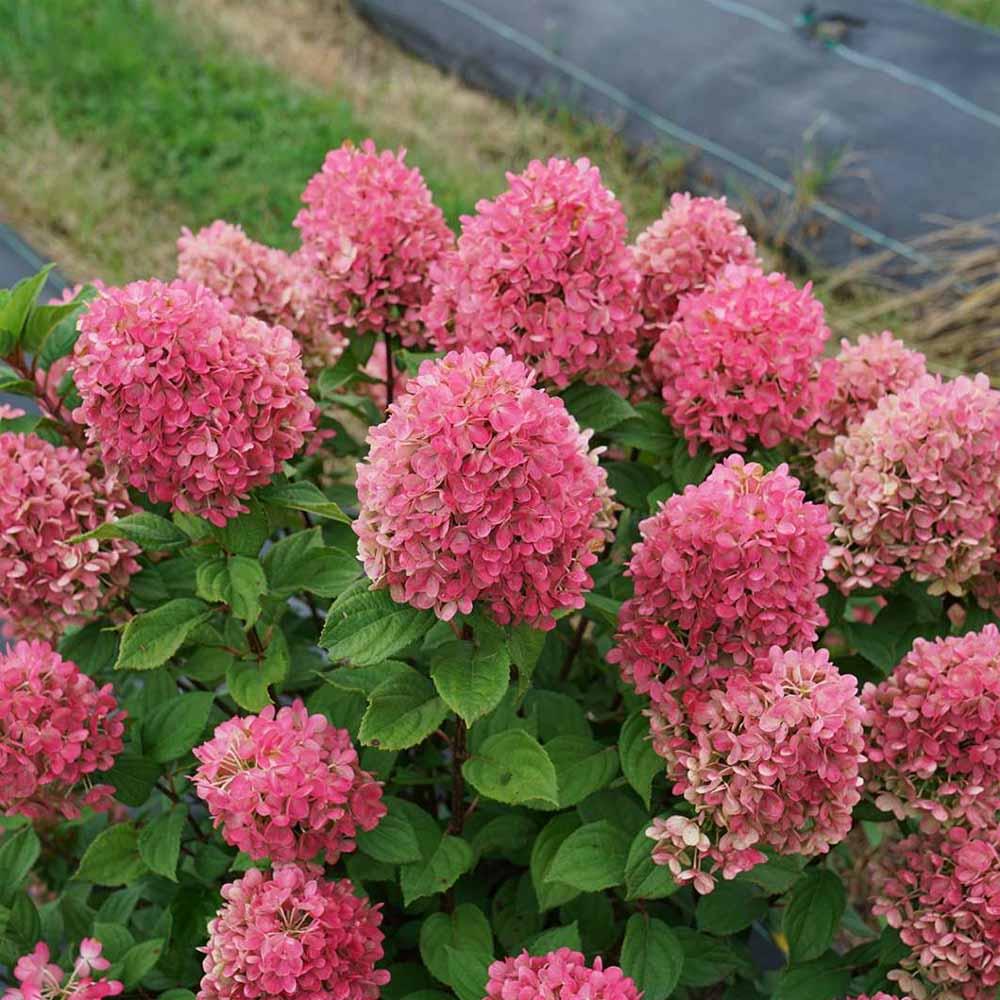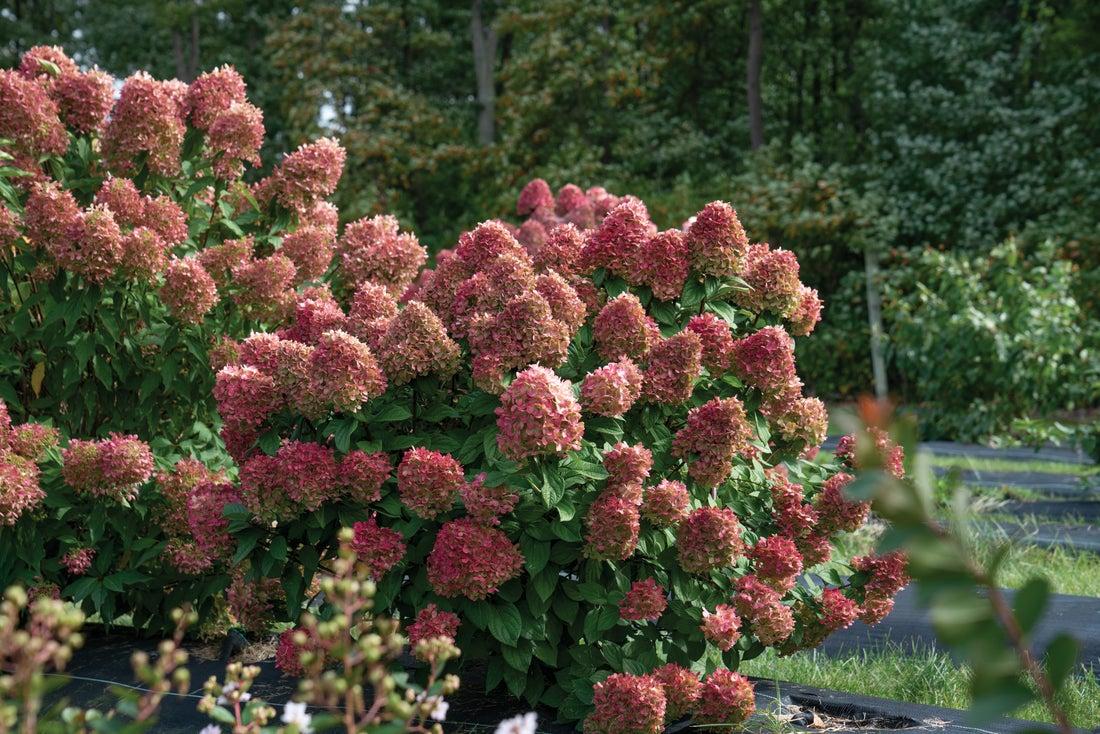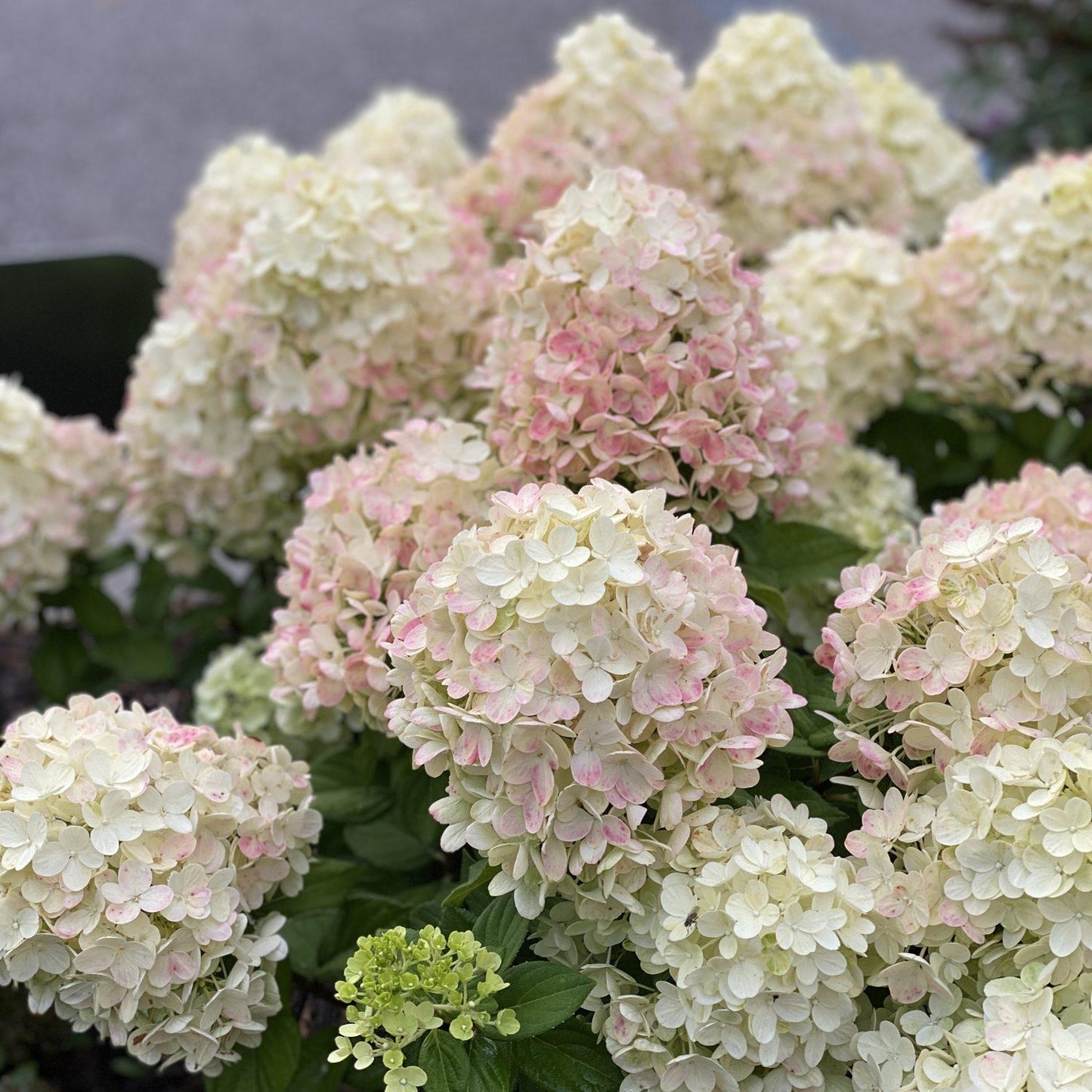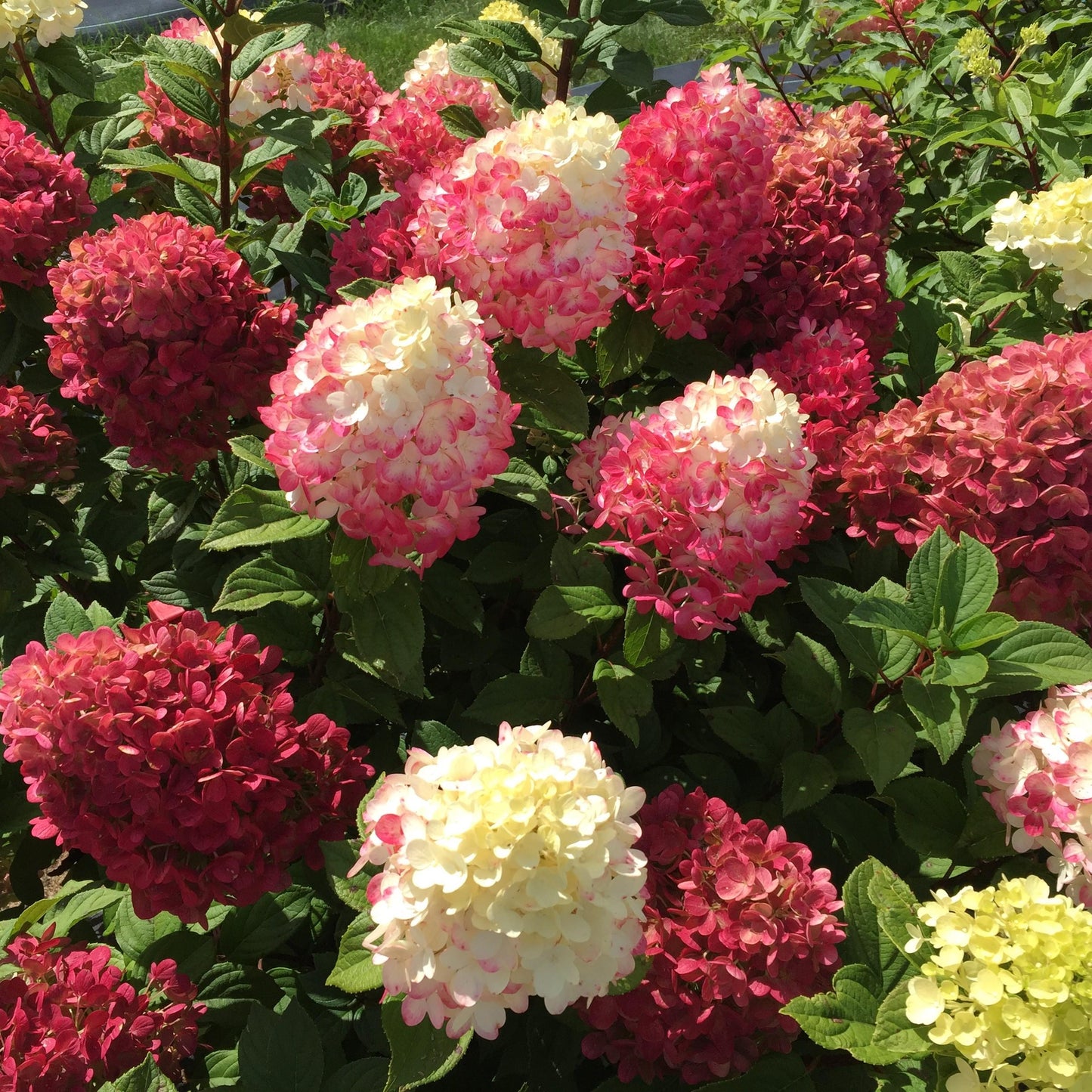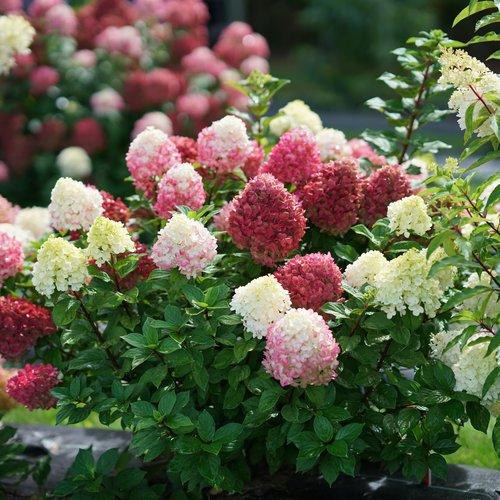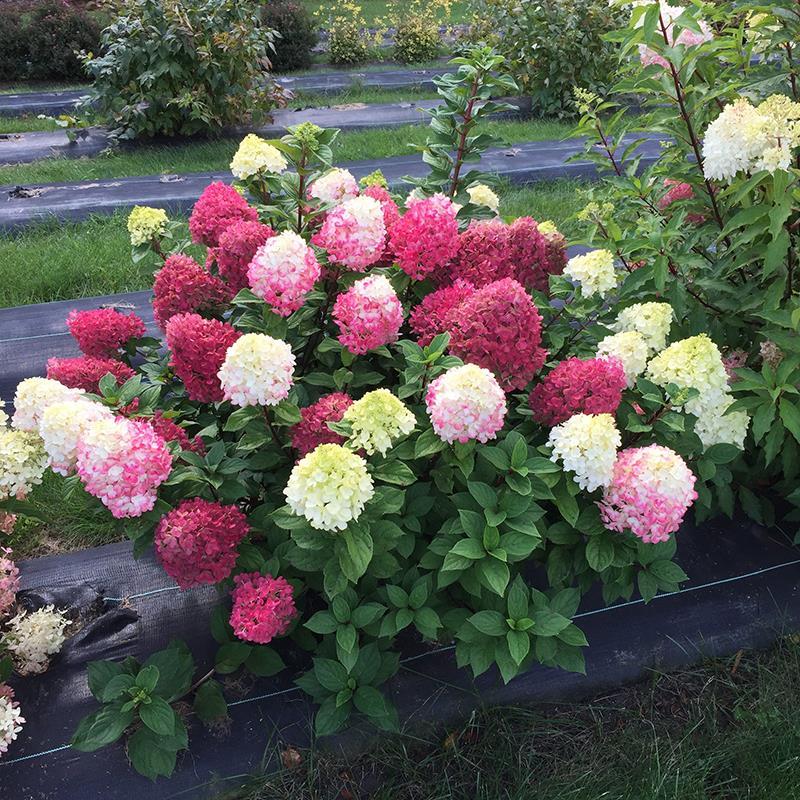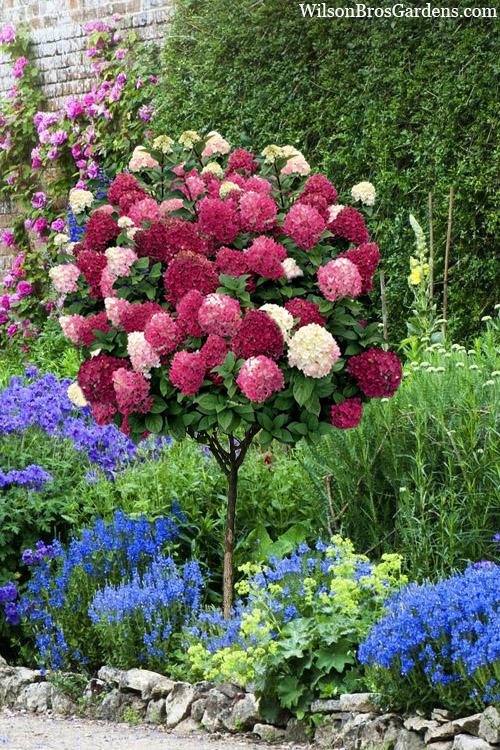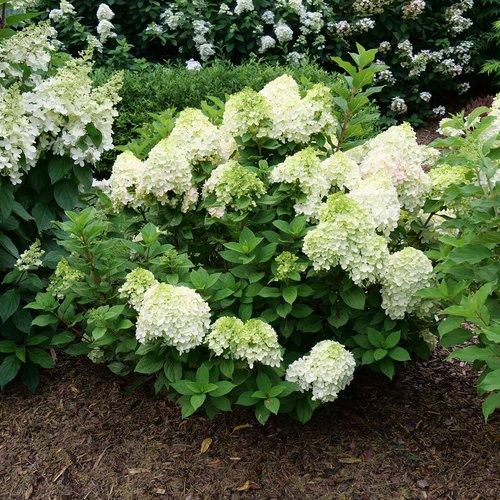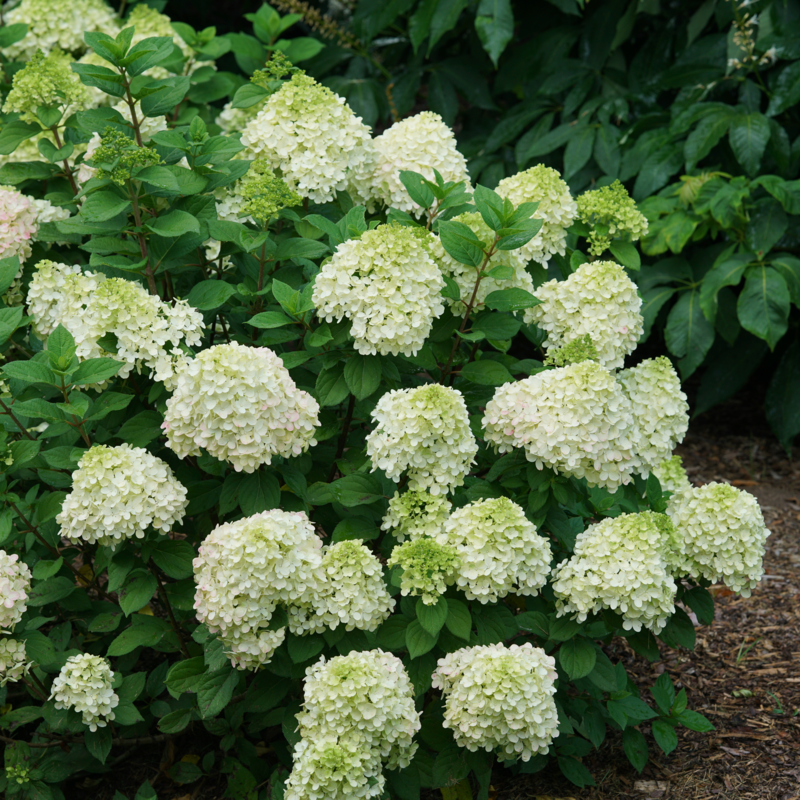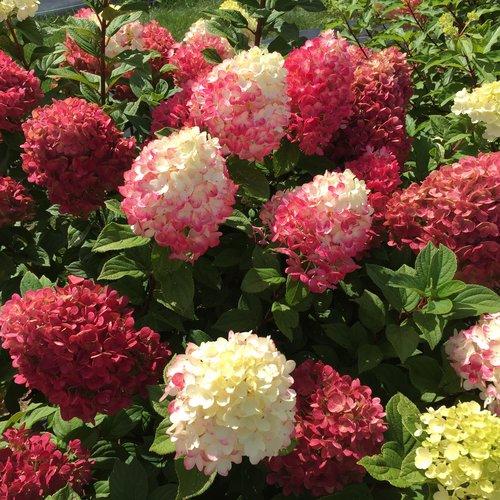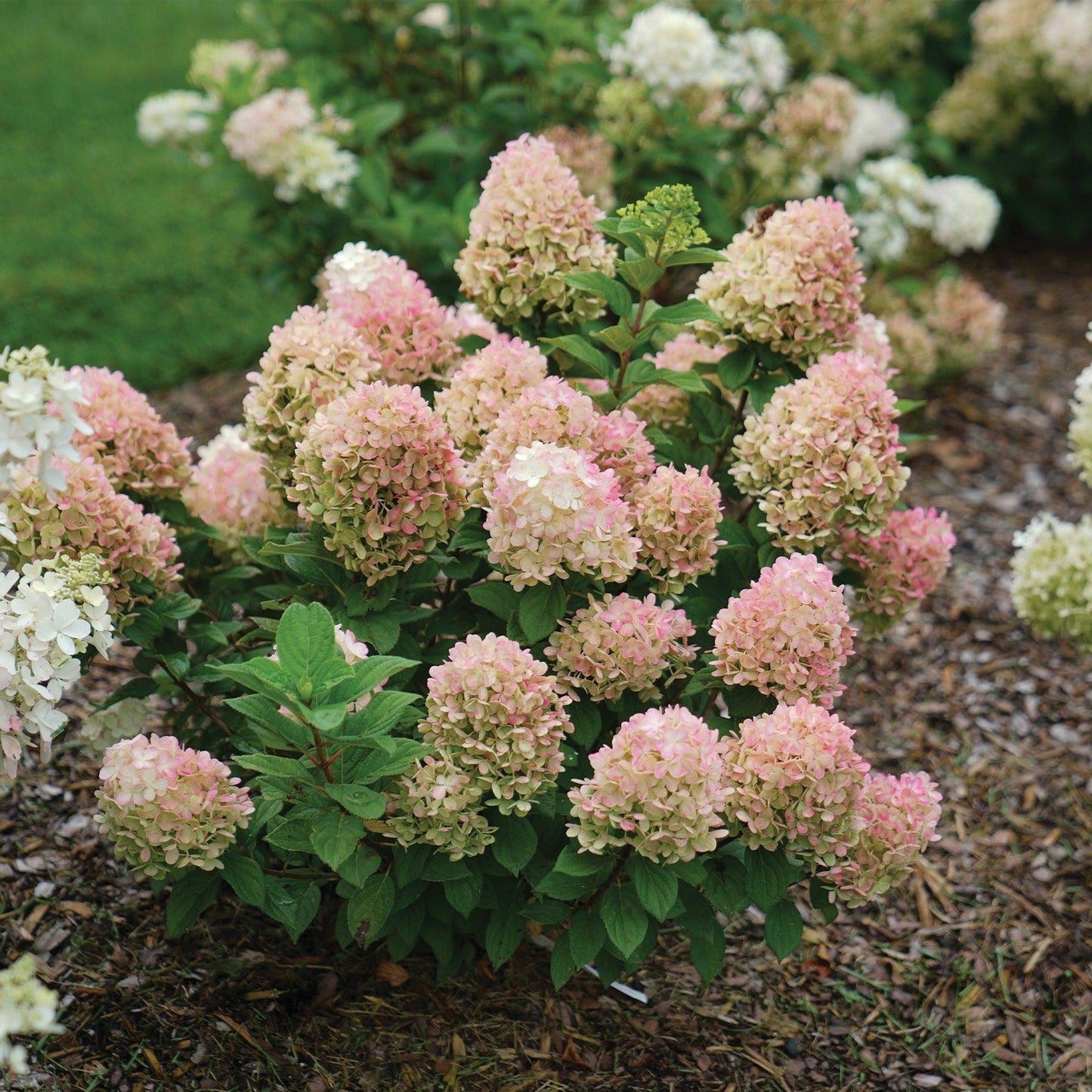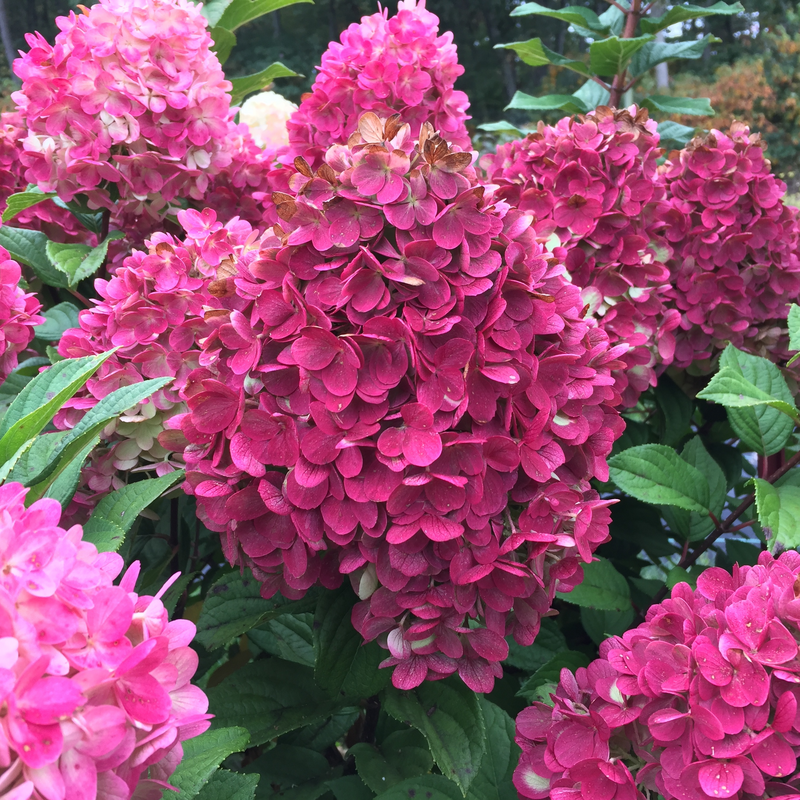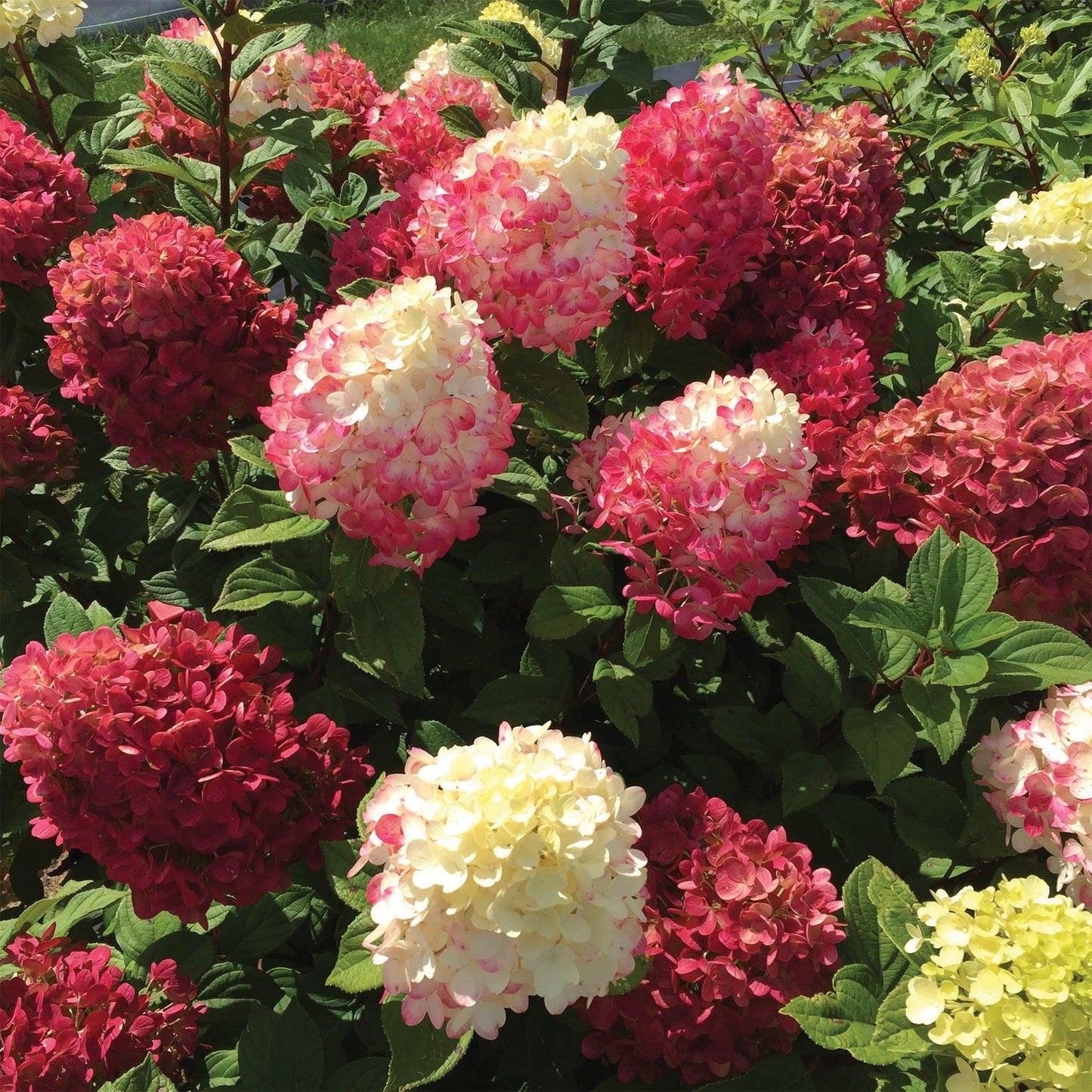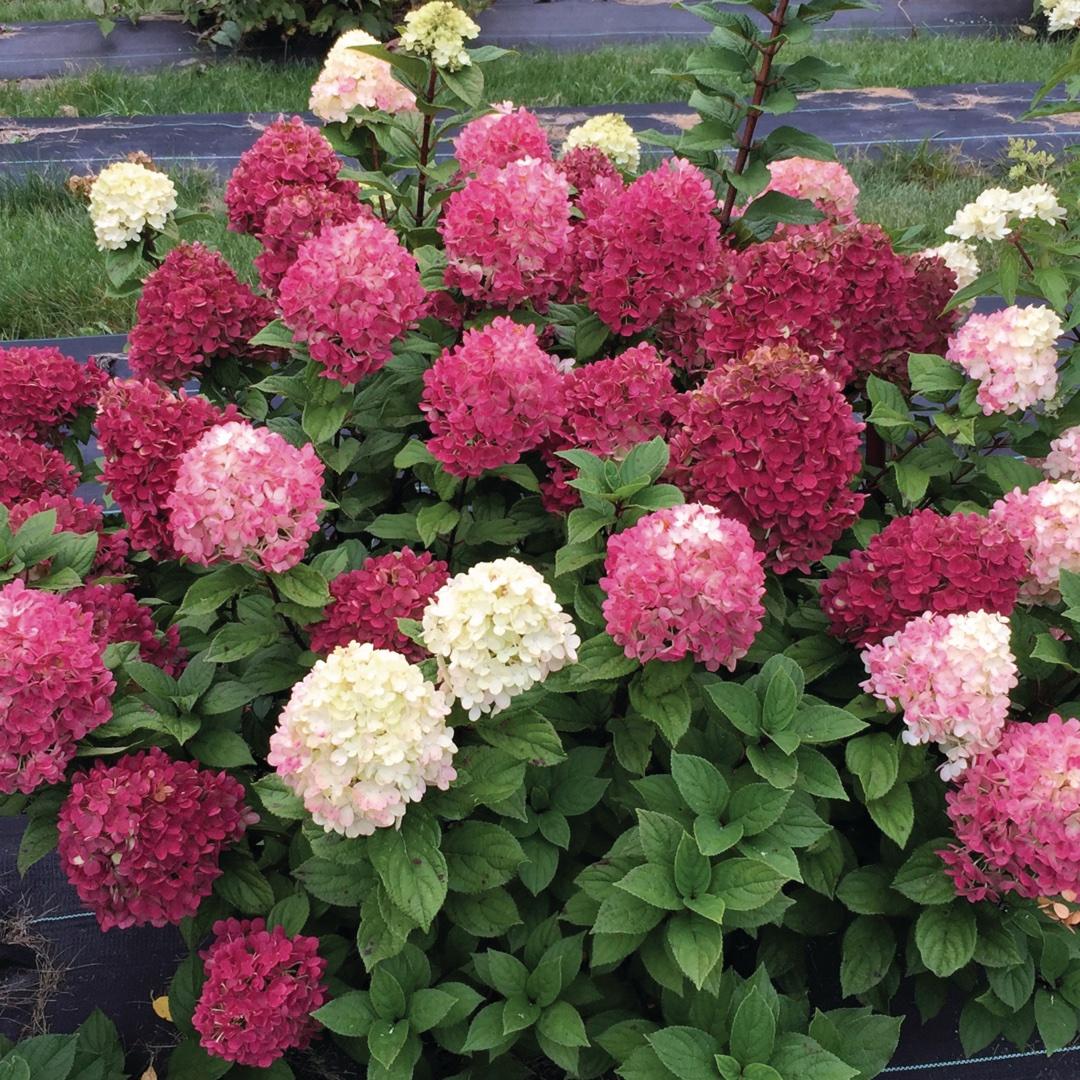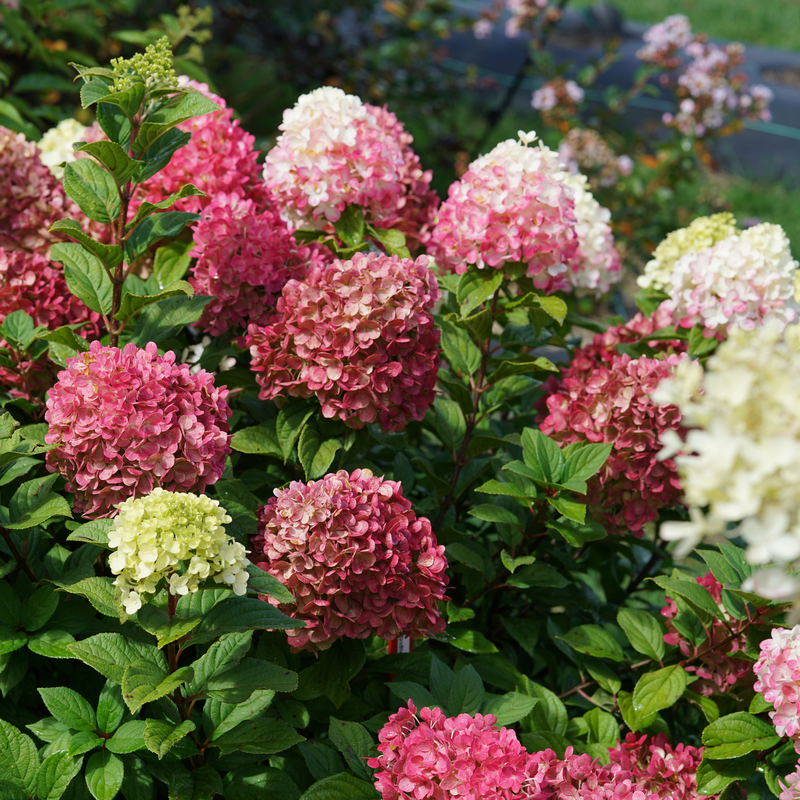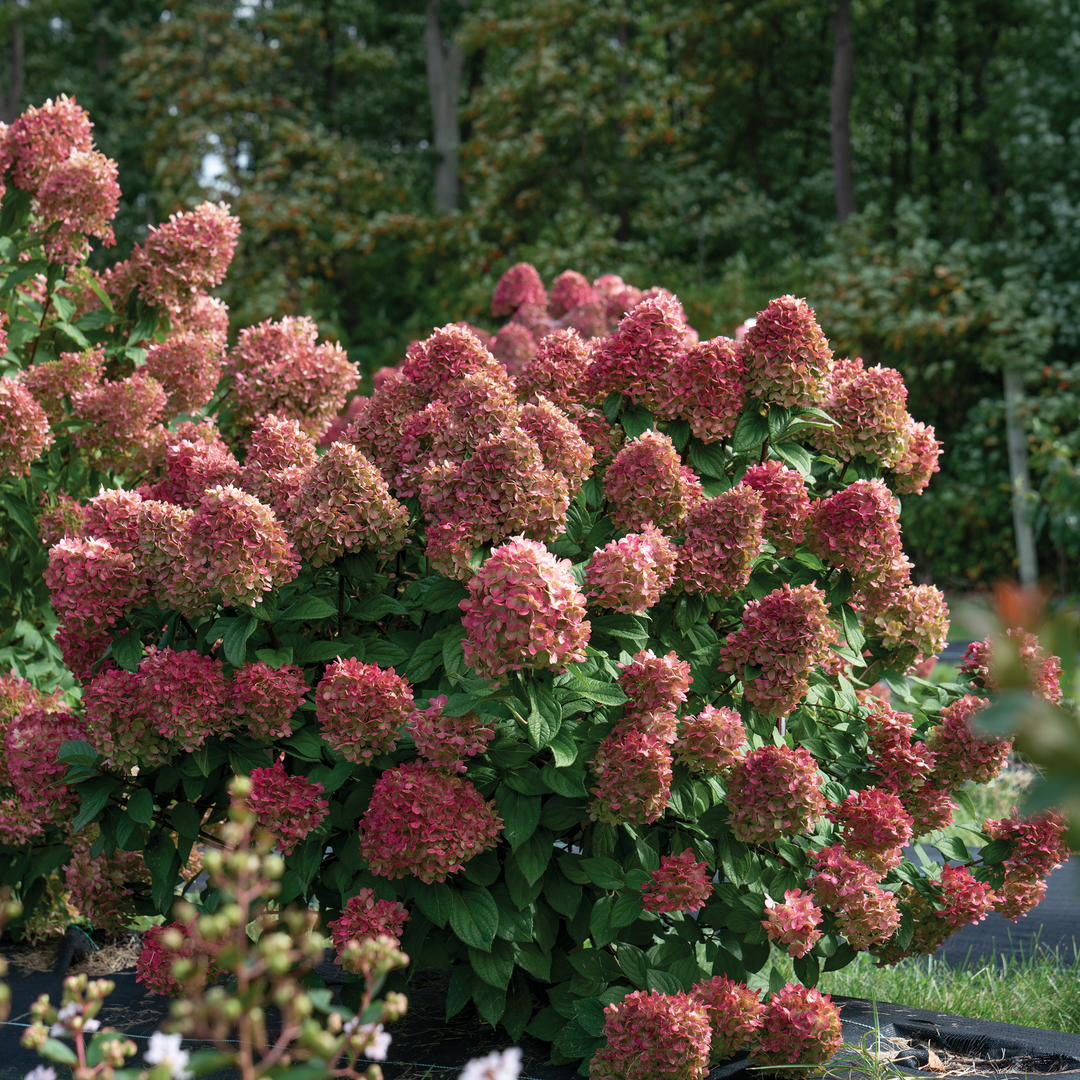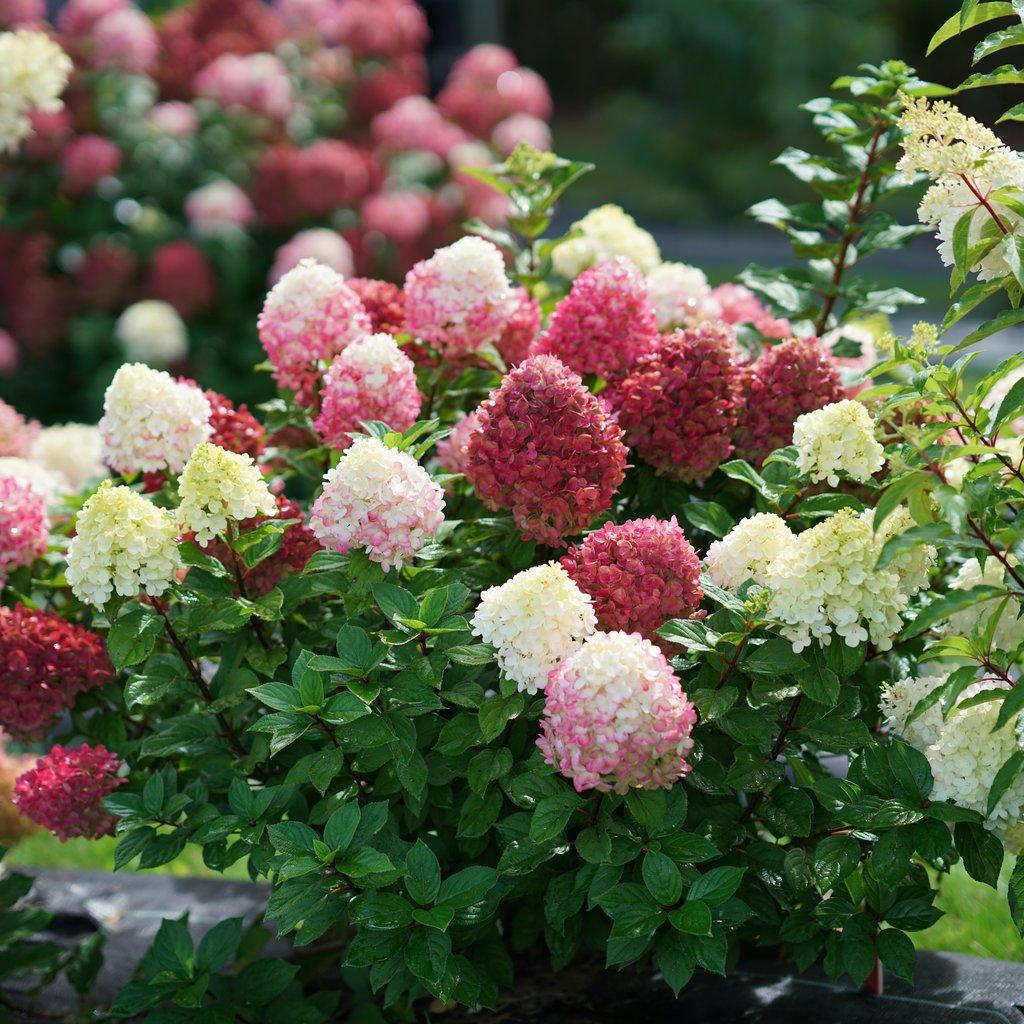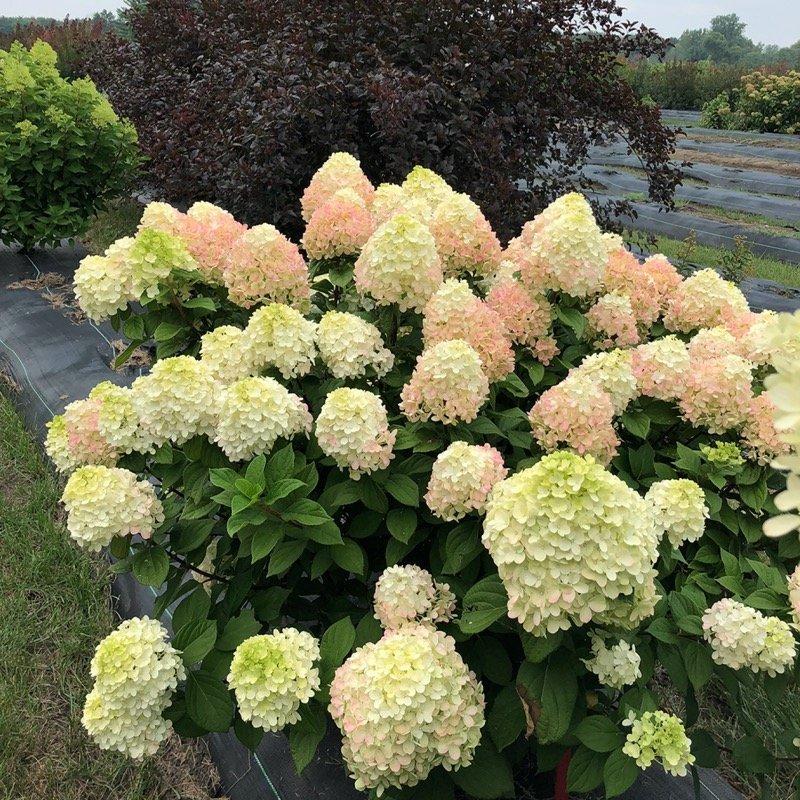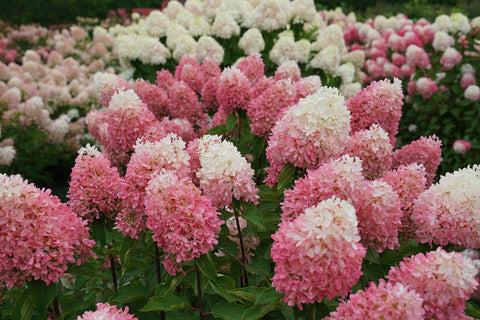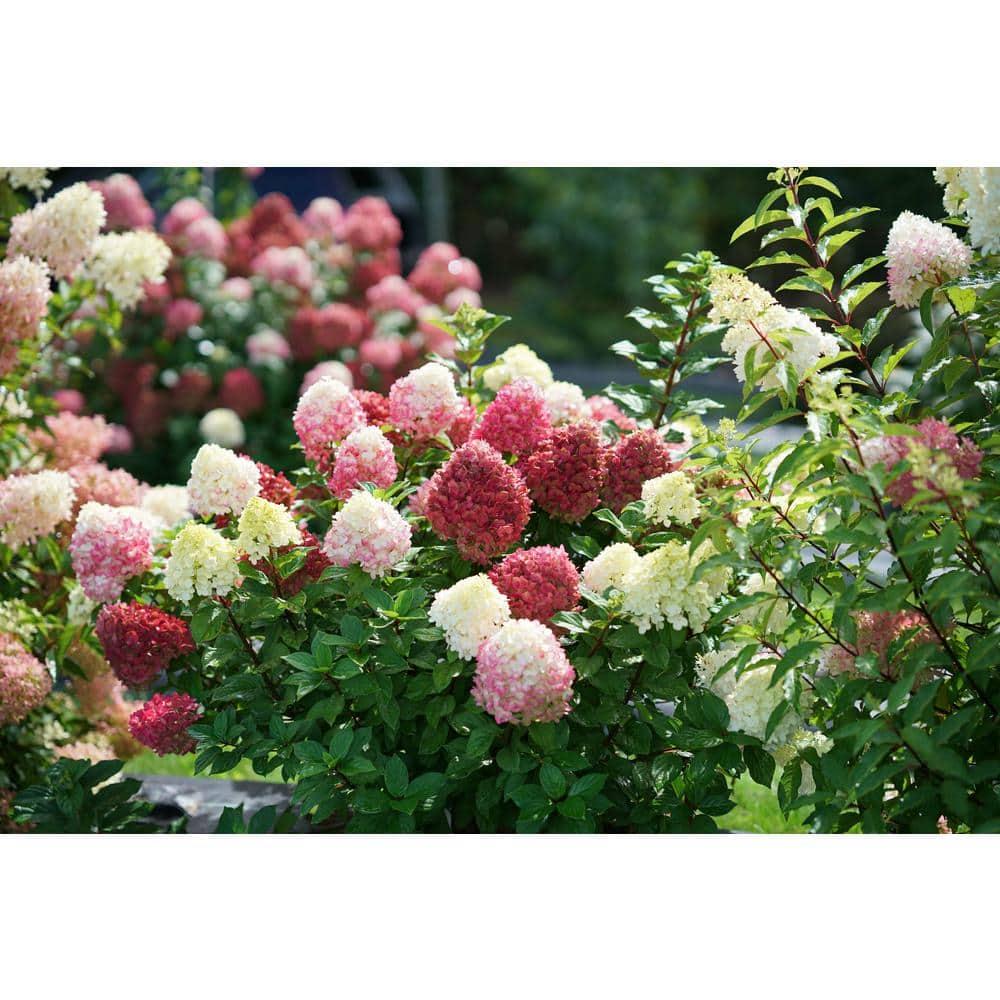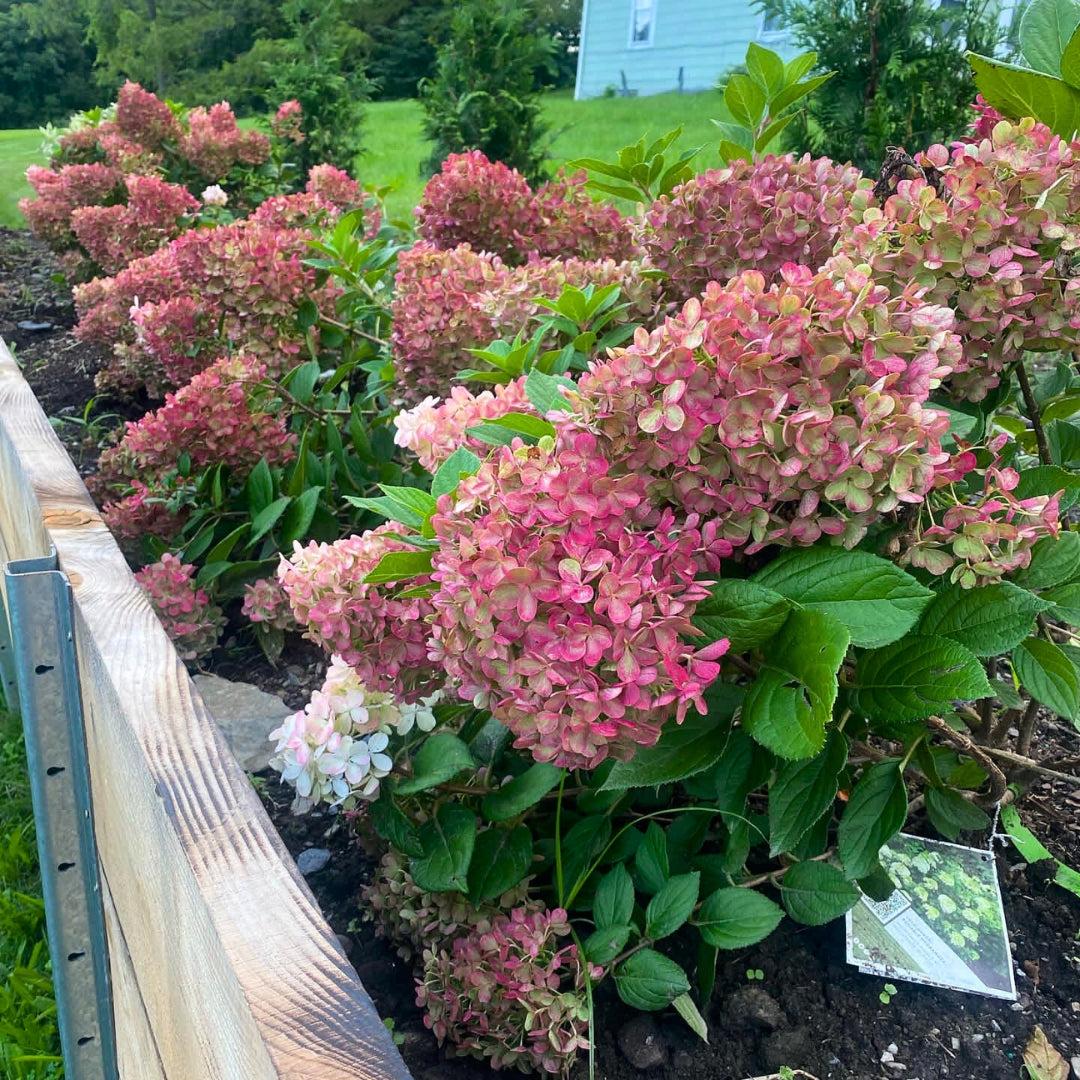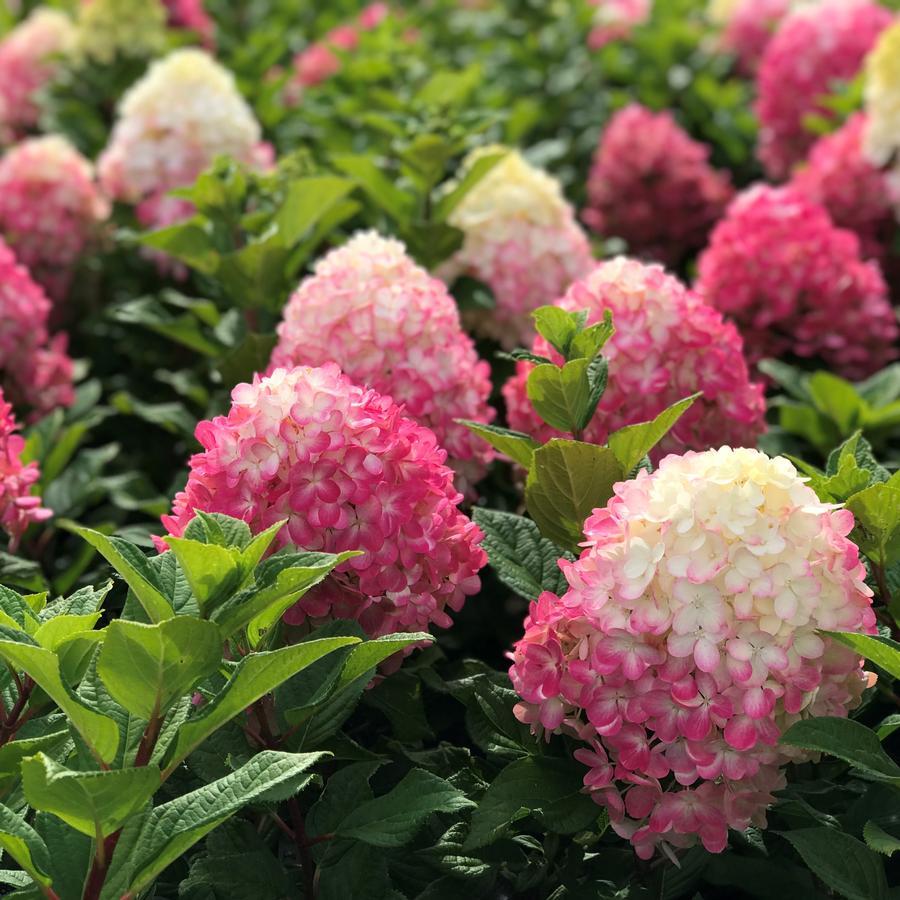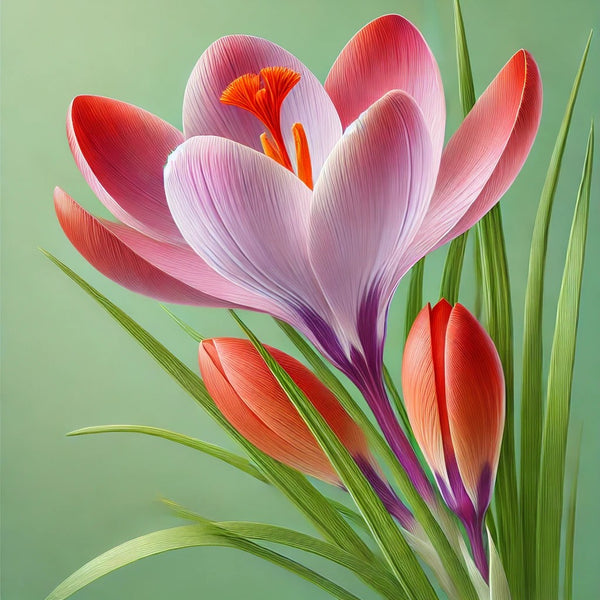1
/
of
29
Little Lime Punch-Panicle Hydrangea-Ideal for Borders and Containers 7 Gallon
Little Lime Punch-Panicle Hydrangea-Ideal for Borders and Containers 7 Gallon
Regular price
$264.00 USD
Regular price
$343.20 USD
Sale price
$264.00 USD
Unit price
/
per
Shipping calculated at checkout.
SKU:nsf8231-redcrocus
Couldn't load pickup availability
Hydrangea paniculata 'Little Lime Punch'
Description
'Little Lime Punch' is a compact, deciduous shrub known for its stunning, cone-shaped flower clusters that transition from lime green to shades of pink and red as they mature. This versatile plant adds vibrant color and texture to any garden or landscape.
Suggested Uses
Ideal for borders, mixed shrub plantings, and as a focal point in small gardens. Its compact size makes it perfect for container gardening and urban landscapes. The flowers are excellent for cutting and use in floral arrangements.
Plant Details
-
 Botanical Name: Hydrangea paniculata 'Little Lime Punch'
Botanical Name: Hydrangea paniculata 'Little Lime Punch' -
 Common Name: 'Little Lime Punch' Panicle Hydrangea
Common Name: 'Little Lime Punch' Panicle Hydrangea -
 Size & Growth: 3-5 feet tall and wide
Size & Growth: 3-5 feet tall and wide -
 Hardiness Zones: 3-8
Hardiness Zones: 3-8 -
 Foliage Type: Deciduous
Foliage Type: Deciduous -
 Bloom Time: Summer to fall
Bloom Time: Summer to fall -
 Growth Rate: Moderate
Growth Rate: Moderate -
 Light Requirements: Full sun to partial shade
Light Requirements: Full sun to partial shade -
 Attracts Pollinators: Yes
Attracts Pollinators: Yes -
 Indoor Friendly: No
Indoor Friendly: No -
 Container Friendly: Yes
Container Friendly: Yes -
 Deer Resistant: Yes
Deer Resistant: Yes -
 Pet Warning: Non-toxic
Pet Warning: Non-toxic -
 Fragrant: No
Fragrant: No -
 Cut Flower: Yes
Cut Flower: Yes -
 Grows Well With: Roses, hostas, and ornamental grasses
Grows Well With: Roses, hostas, and ornamental grasses
Care Tips
-
 Planting Instructions: Plant in spring or fall, ensuring the root ball is level with the soil surface.
Planting Instructions: Plant in spring or fall, ensuring the root ball is level with the soil surface. -
 Soil Moisture: Keep soil consistently moist but not waterlogged.
Soil Moisture: Keep soil consistently moist but not waterlogged. -
 Soil Type: Prefers well-drained, fertile soil.
Soil Type: Prefers well-drained, fertile soil. -
 Humidity: Tolerates average humidity levels.
Humidity: Tolerates average humidity levels. -
 Pruning Instructions: Prune in late winter or early spring to maintain shape and encourage new growth.
Pruning Instructions: Prune in late winter or early spring to maintain shape and encourage new growth. -
 Winter Care: Mulch around the base to protect roots in colder climates.
Winter Care: Mulch around the base to protect roots in colder climates. -
 Planting Depth: Plant at the same depth as in the nursery pot.
Planting Depth: Plant at the same depth as in the nursery pot. -
 Fertilization: Fertilize in early spring with a balanced fertilizer.
Fertilization: Fertilize in early spring with a balanced fertilizer. -
 Special Care: Deadhead spent blooms to encourage continuous flowering.
Special Care: Deadhead spent blooms to encourage continuous flowering.
Share
